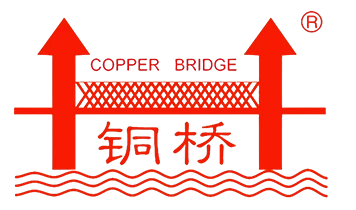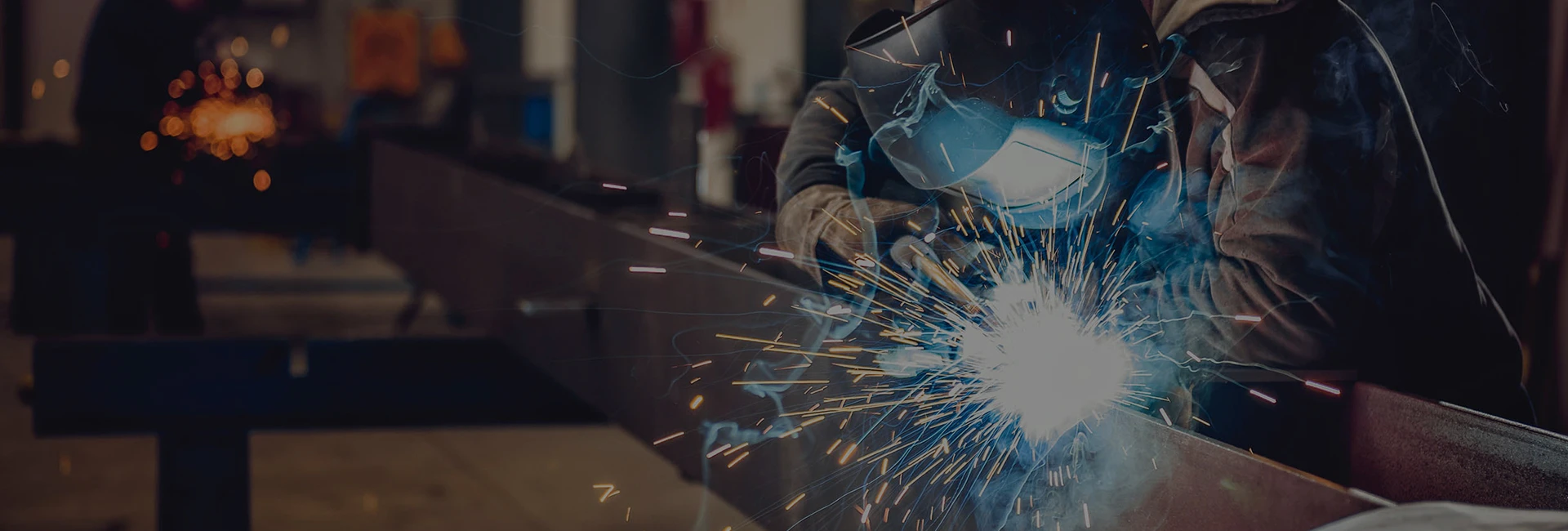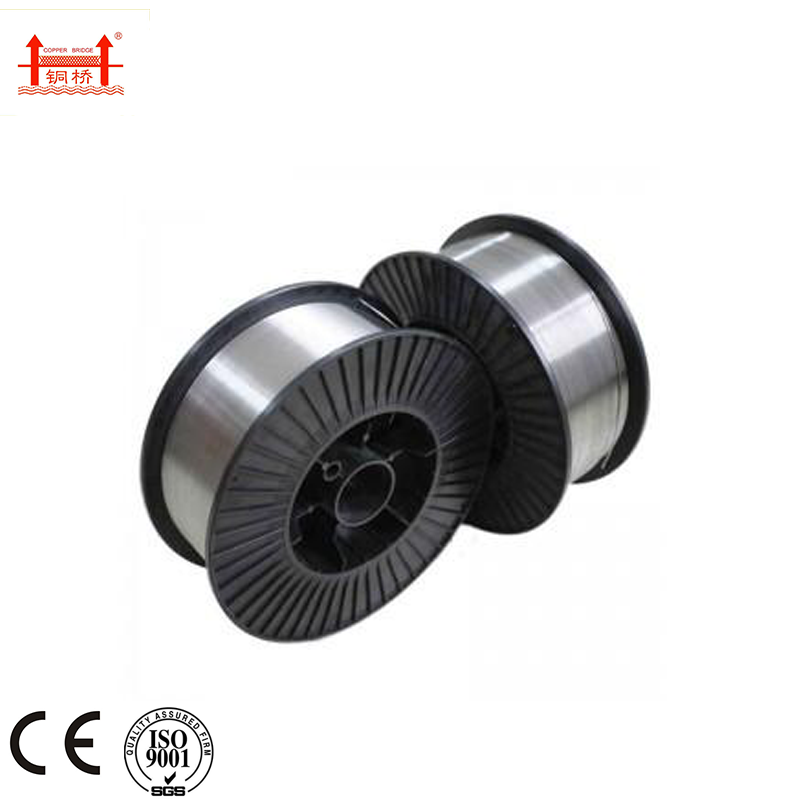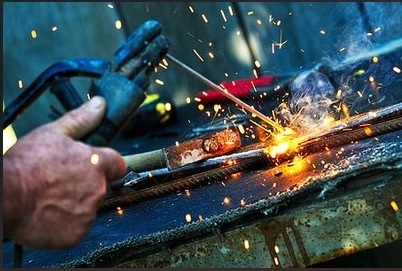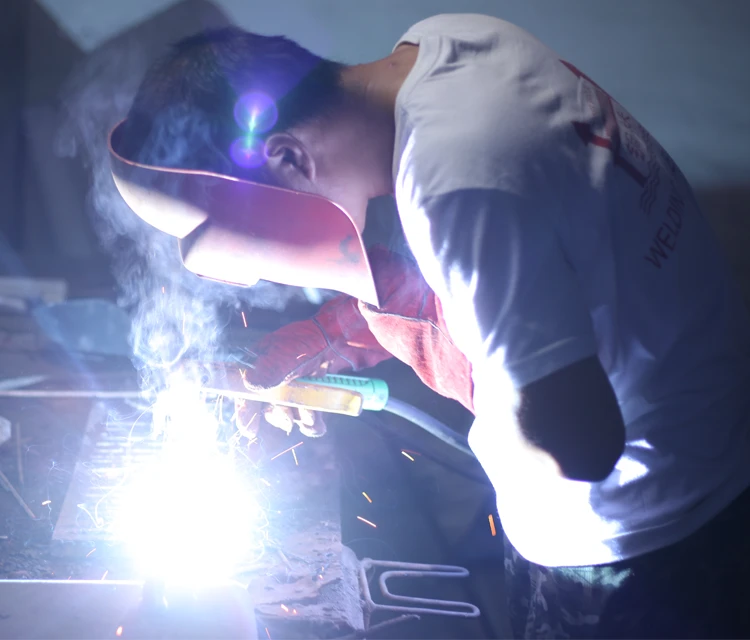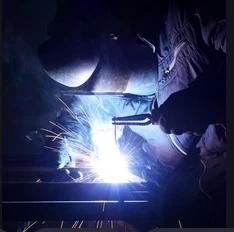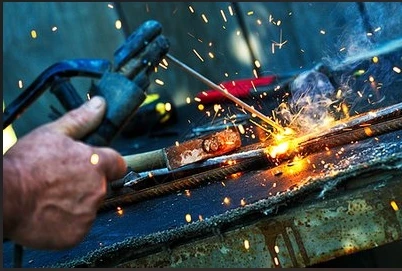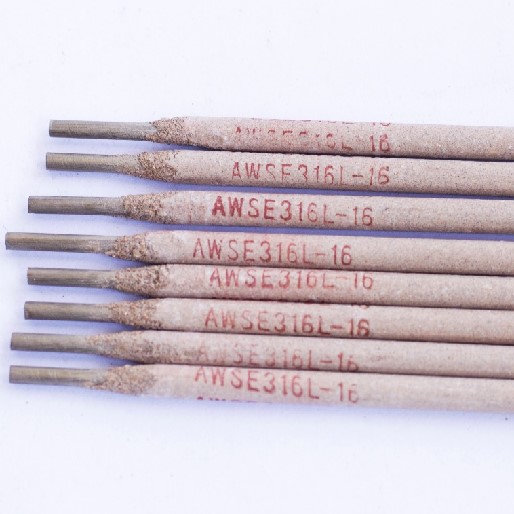Comprehensive Guide to 7018 1 h4r Welding Electrodes – Quality, Usage & Vendors
Nov . 21, 2025 19:30
Understanding 7018 1 h4r: Why It Matters Worldwide
When talking about welding electrodes, 7018 1 h4r often comes up as indispensable—yet oddly mystifying if you're new to the industry. Globally, it’s not just a code or part number; it’s a staple in constructing everything from bridges to oil rigs, even in remote disaster zones. This electrode type plays a vital role in ensuring steel structures have that tough, crack-resistant weld, which is essential for safety and longevity.
Why care? Welding integrity affects millions of lives. Poor welds mean structural failures, which can be catastrophic, particularly in critical infrastructure. Understanding what 7018 1 h4r is and why it’s preferred helps engineers, fabricators, and procurement teams make smarter choices that save time, cost, and ultimately lives.
Mini summary: The 7018 1 h4r electrode is more than a welding wire; it's a global player in keeping steel structures strong and secure.
A Global Look at the Industry Context for 7018 1 h4r
The steel fabrication market is expected to surpass $1.5 trillion worldwide by 2027, according to industry sources like the World Steel Association. That scale obviously means welding electrodes like 7018 1 h4r are in relentless demand—especially in sectors like construction, shipbuilding, and heavy machinery.
At the same time, infrastructure development is accelerating in Asia, Africa, and South America — areas where 7018 1 h4r electrodes often hit the frontline, ensuring welds can withstand harsh conditions. But there’s a challenge: inconsistent electrode quality and varying standards complicate projects globally. The 7018 1 h4r type helps standardize performance, offering easier qualification and consistent results.
Mini takeaway: As global projects expand, 7018 1 h4r becomes a reliable constant amid complexity, meeting standardized welding needs.
What Exactly Is 7018 1 h4r?
Let’s crack open the code. The 7018 classification (according to AWS A5.1) means a low-hydrogen, iron powder electrode designed for welding mild and low-alloy steels. The numbers say:
- 70: minimum tensile strength of 70 ksi
- 1: all-position welding capability
- 8: low hydrogen potassium iron powder coating, providing smooth arc and excellent weld quality
The “1 h4r” suffix here refers to additional compliance codes related to rutile-based coatings and hydrogen content, as well as delivery condition (in some international specs). Simply put, 7018 1 h4r electrodes are designed with improved arc stability, less spatter, and easier slag removal — all crucial when you’re aiming for consistent, high-quality welds.
This technology also fits into modern global demands: durability, safety, and versatility, offering long-lasting connections in everything from offshore rigs to urban skyscrapers.
Core Components Explaining Why 7018 1 h4r Matters
Durability and Strength
7018 1 h4r is renowned for welds that resist cracking under stress. Thanks to its low hydrogen content, it drastically reduces the risk of hydrogen-induced cracks—a problem that can sneak up months or years after welding.
All-Position Versatility
Whether you’re welding flat, vertical, overhead, or horizontal, 7018 1 h4r handles it. That flexibility simplifies job plans and reduces the need for special electrodes.
Smooth Arc and Easy Handling
The rutile flux coating stabilizes the arc and reduces spatter. Many welders appreciate how this makes their work cleaner and less tiring — especially on long projects.
Cost Efficiency
Sure, these electrodes might cost a tad more upfront than some alternatives, but the reduced rework, fewer defects, and longer weld life offer savings over time.
Resistance to Environmental Stress
Welds produced with 7018 1 h4r often hold up well against corrosive environments, ideal for marine applications or high-humidity areas.
Primary takeaway: It’s the balance of toughness, ease of use, and reliability that makes 7018 1 h4r a preferred industrial choice.
Real-World Uses of 7018 1 h4r: Global Case Studies
This electrode is everywhere — literally across continents. For instance:
- Post-Disaster Infrastructure Repair: In Southeast Asia, NGOs have used 7018 electrodes to rebuild steel bridges after typhoons, because their welds withstand weather extremes.
- Heavy Industry in Middle East: Oil & gas pipelines welded with 7018 1 h4r coatings ensure long-term pressure containment, critical for safety and environmental protection.
- Shipbuilding in Northern Europe: Harsh sea conditions demand resilient welds; here, 7018 1 h4r reduces downtime due to weld failures.
I heard from a fabricator in Brazil who shared how switching to 7018 1 h4r reduced their rejection rate by half — mainly thanks to the electrode's consistent hydrogen specs.
Advantages and Lasting Value of Using 7018 1 h4r
Using this electrode isn't just about immediate savings. The long-term benefits are compelling:
- Enhanced safety — fewer weld failures means fewer accidents
- Increases lifespan of structures, lowering replacement frequency
- Supports sustainable building goals by reducing material waste
- Builds trust between contractors, inspectors, and end-users due to predictable results
- Moreover, welders often feel more confident and less fatigued, which improves morale.
Honestly, welding with 7018 1 h4r feels just… reliable. And that peace of mind is priceless when projects stand for decades.
What’s Next? Innovations and Trends for 7018 1 h4r
While 7018 1 h4r has been around for decades, it’s evolving. I’ve noticed efforts to make electrodes with even lower hydrogen levels and enhanced coatings to reduce fumes. Plus, digital welding machines now can tailor amperage settings perfectly to 7018 1 h4r specs, boosting precision.
Looking forward, expect greener electrodes with improved environmental credentials as sustainability becomes non-negotiable. Also, hybrid materials and alloys are in testing phases, which could upend current welding standards.
Common Challenges and Expert Tips
That said, 7018 1 h4r isn’t a one-size-fits-all magic bullet:
- Storage Sensitivity: The low hydrogen coating needs dry storage — otherwise, moisture ruins the electrode.
- Skill Dependency: While user-friendly, it requires some experience to avoid common pitfalls, like improper arc length or angle.
- Cost Constraints: For budget projects, some opt for cheaper electrodes, risking weld integrity.
Solutions? Keep electrodes in heated ovens, train welders thoroughly, and consider total project cost rather than just material price.
Product Specifications for 7018 1 h4r Electrodes
| Specification | Detail |
|---|---|
| Diameter Range | 2.5mm - 5.0mm (3/32" - 3/16") |
| Tensile Strength | ≥ 70,000 psi (ksi) |
| Position | All-position (flat, vertical, etc.) |
| Hydrogen Level | |
| Current Type | AC/DC |
| Coating Type | Low Hydrogen, Rutile |
Comparison Among Leading 7018 1 h4r Electrode Vendors
| Vendor | Country | Certifications | Price Range (approx.) | Key Strength |
|---|---|---|---|---|
| Jinlong Welding Electrode | China | ISO 9001, AWS Certified | $2.50 - $3.20 / kg | Consistent Quality, Competitive Pricing |
| Lincoln Electric | USA | AWS, ASME | $3.70 - $4.50 / kg | High Innovation, Strong Global Support |
| ESAB | Sweden | ISO 9001, CE | $3.20 - $4.00 / kg | Robust Product Range, Sustainability Focus |
FAQ: Frequently Asked Questions About 7018 1 h4r
Q1: What makes the 7018 1 h4r electrode suitable for critical structures?
A1: Its low hydrogen coating reduces cracking risks, and the electrode provides excellent mechanical properties (70 ksi tensile strength) suitable for high-stress applications. Combined with all-position welding ability, it's ideal for critical structural welds.
Q2: How should 7018 1 h4r electrodes be stored to maintain performance?
A2: These electrodes require dry, temperature-controlled storage, ideally in heated electrode ovens at 100-150°F (38-66°C) to avoid moisture absorption which can cause weld defects and reduce low-hydrogen benefits.
Q3: Can beginners use 7018 1 h4r electrodes effectively?
A3: Yes, but some training is recommended. The rutile coating helps ease arc stability, but proper welding technique ensures the best weld integrity and minimizes slag inclusion or poor fusion.
Q4: Is using 7018 1 h4r electrodes cost-effective for small projects?
A4: Although slightly costlier per unit compared to general purpose rods, the reduced rework and superior weld quality often make it economical, even for small projects where safety and durability matter.
Q5: Where can I purchase quality 7018 1 h4r electrodes?
A5: Trusted suppliers like Jinlong Welding Electrode offer certified, consistent 7018 1 h4r products suitable for a wide range of industrial applications.
Conclusion: Building with Confidence Using 7018 1 h4r
Ultimately, choosing the right welding electrode is about more than specs on a datasheet — it's about trust, safety, and the future of your structures. The 7018 1 h4r welding electrode strikes that balance elegantly, providing reliable, crack-resistant welds that stand the test of time and environmental challenge.
For builders, fabricators, or engineers looking for dependable welding solutions, exploring 7018 1 h4r products is well worth the time. Want to know more? Feel free to visit our detailed product range at Jinlong Welding Electrode — your partner for quality welding supplies.
Mini reflection: At its core, 7018 1 h4r reminds us that even in a digital, fast-paced world, some classic technologies keep the foundational work safe — quietly, reliably — and that’s a kind of engineering poetry.
References
 Pervious
Pervious
This is the first article
Related Video


